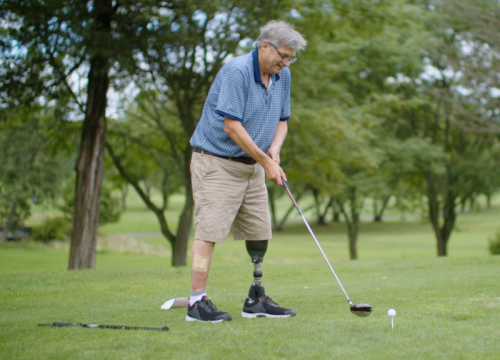
Prediabetes is a serious health condition where blood sugar is higher than normal “healthy” levels, but not high enough to be diagnosed for diabetes. Prediabetes increases your risk for type 2 diabetes, heart disease, and stroke. According to the Centers for Disease Control and Prevention, 97.6 million people aged 18 years or older have prediabetes, which is 38% of the United States population.
There are no signs or symptoms of prediabetes, but those who are overweight; 45 years or older; have a family history of type 2 diabetes; live a sedentary lifestyle; have a prior history of gestational diabetes; have polycystic ovary syndrome; and are of certain races and ethnicities, including Hispanic Americans, Asian Americans, and Black Americans, are at higher risk.
Here are some tips that may help prevent and reverse prediabetes.
- Change your diet: Reduce your daily calorie intake by 500 to 1000 calories. Try intermittent fasting. Avoid refined sugars, syrups, juices, soft drinks, candy, baked goods, and cereal. Read nutrition labels for contents and servings. Try to increase your fresh fruits and vegetables.
- Exercise more often: The American Diabetes Association recommends a minimum of 150 minutes per week of moderate activity. This can look different for everyone. It can be as simple as taking the stairs, parking your car a little further from the door, taking a walk, or doing housework. This can also include more strenuous activities, including biking, swimming, and running.
- Lose weight: Weight loss is different for everyone. Consistency is key to what you eat and how active you are. Sustaining the weight loss is also important.
- Managing your general health: Good sleep hygiene, controlling blood pressure and cholesterol, reducing alcohol intake, and smoking cessation are all important for good health.
- Complete annual physicals with your primary care provider: Getting annual blood work is important for screening for prediabetes.

















